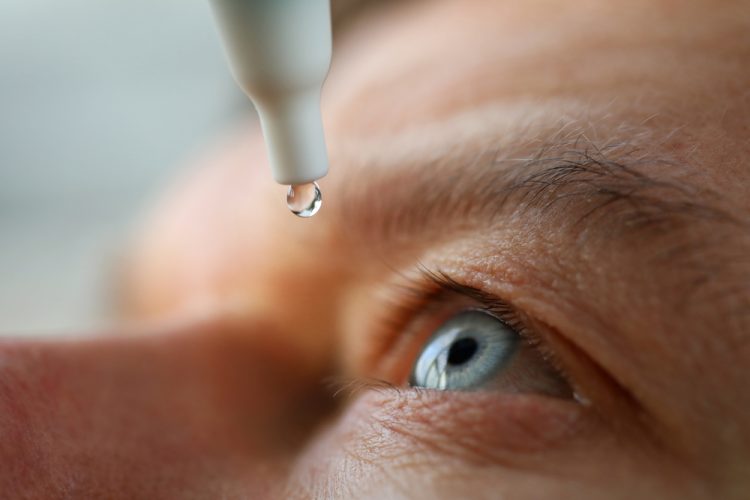Does terminal sterilisation affect the quality of ophthalmic APIs?
Posted: 12 August 2022 | Hannah Balfour (European Pharmaceutical Review) | No comments yet
EPR summarises research into the impact of gamma irradiation and ethylene oxide sterilisation treatments on European Pharmacopoeial compliance of common ophthalmic APIs.


Since ophthalmic preparations are typically manufactured aseptically, with sterility ensured by sterile filtration rather than terminal sterilisation, literature about the effects of terminal sterilisation on these products is limited. Thus, researchers set out to establish whether the quality of common ophthalmic active pharmaceutical ingredients (APIs) still complies with the specifications of the European Pharmacopoeia (Ph. Eur.) after gamma irradiation and ethylene oxide (EO) sterilisation treatment.
In a paper published in the Journal of Pharmaceutical Sciences, Van Cauwenbergh et al. subjected five commonly used ophthalmic APIs to two widely used sterilising agents: gamma irradiation and EO sterilisation. The five APIs were dexamethasone, methylprednisolone, aciclovir, tetracycline hydrochloride and triamcinolone.
The content and impurity profile of each API before and after treatment was assessed and compared using high-performance liquid chromatography (HPLC) equipped with an ultraviolet (UV) detector. An assay prescribed by Ph. Eur. was also used to evaluate the effect of sterilisation conditions on the APIs. The sterility of the products was not assessed in the study.
Van Cauwenbergh et al. reported that exposure to EO resulted in compliance with Ph. Eur. for all APIs. For methylprednisolone, EO sterilisation did not induce impurities, nor did it result in significant impurities in dexamethasone. For aciclovir, tetracycline hydrochloride and triamcinolone, EO sterilised samples showed some impurities, but in most cases these were similar to the impurities of non-processed product and complied with Ph. Eur. limits.
However, with gamma irradiation only three of the APIs met the Ph. Eur. requirements. Aciclovir, tetracycline hydrochloride and triamcinolone behaved similarly with both forms of terminal sterilisation; gamma irradiation resulted in some impurities similar to those in the non-processed product that complied with Ph. Eur. limits. Yet dexamethasone and methylprednisolone not meeting the standard.
For dexamethasone, irradiation revealed two unspecified impurities and a linear correlation was found between the radiation dose and the amount of these unspecified impurities in the range from 0 to 35 kGy for both storage temperatures (refrigerated and -80°C). For methylprednisolone, irradiation led to unspecified impurity 1 and impurity C, with a linear correlation between dose and amount of impurity observed in the range of 15 to 35 kGy. In both APIs, subsequent optimisation of sterilisation parameters did positively influence compliance, so the authors recommend developing a customized dose validation in each case.
The assay revealed that, in most cases, neither irradiation nor EO resulted in a major decrease in content; however, after statistical analysis, some significant differences were found between irradiated samples of aciclovir, tetracycline hydrochloride and triamcinolone.
In summary, exposure to EO resulted in compliance with Ph. Eur. for all APIs. While dexamethasone and methylprednisolone did not meet the requirement for the Ph. Eur. after exposure to gamma irradiation.
Related topics
Active Pharmaceutical Ingredient (API), Assays, Chromatography, Drug Safety, HPLC, QA/QC, Therapeutics
Related organisations
Related drugs
Aciclovir, dexamethasone, Methylprednisolone, Tetracycline hydrochloride, Triamcinolone









